Interview with the No. 1 Baking Blogger: Becky Excell
Becky Excell writes the number one baking blog in the UK. Originally started as a way to share gluten-free recipe ideas, the blog has become a major resource for a vast audience with its tasty treats and practical advice. We caught up with Becky to find out how much the blog has changed, the joy of her grandma’s ugly cake and all the different channels PRs need to know about.
How has your blog changed from when you first started?
It’s changed loooooads since I first started. At first it was just a little project I did to keep me sane in my final year of university. I’d review products, restaurants and sometimes create recipes instead of revising (oops). Now my blog is my job and while it’ll always be a passion project first and foremost, it’s taught me a lot and it’s grown with me.
These days, I love creating recipes more than ever (especially baking!) but also foodie travel guides, gut health discussions and light-hearted lifestyle pieces too. The blog is more about me and what I’m interested in these days – not just about reviewing products. I like to think that the quality has improved too, just from experience. Sometimes I do go back and read old posts, look at the photos and think ‘gosh, that’s awful!’.
Why baking?
I’ve always loved baking and I’ve been baking since I can remember. I would stand on a step-up as a young girl when I couldn’t reach the kitchen worktop and help my Mum make cupcakes. Fortunately, I can reach the worktop all on my own now!
But when I found out that I couldn’t tolerate gluten, my mission was just to simply recreate all those cakes I used to love as a kid – but 100% gluten free. I find baking really therapeutic too. I’ve had a bit of a rocky relationship with food but baking always reminds of being a kid and being totally care free.
Plus, you then get to eat it at the end!
 How do you make your blog stand out?
How do you make your blog stand out?
Hmm… probably a combination of injecting my personality into my writing – along with sharing my life experiences and improving my photography. That’s been the magic combo for me.
I always think to myself ‘anyone can buy a WordPress theme exactly like mine, so how am I going to make my blog unique?’ and the answer is always… me.
So, I worked on my photography, wrote my blog posts in the chatty way I’d talk IRL (complete with terrible jokes) and shared experiences from my own personal life. My blog is basically me!
What’s the best bake you’ve ever made?
I’d have to say my gluten-free Battenberg cake, but probably not for the most obvious reason! Basically, I’d tried to make a Battenberg at least three times in the past and it had always gone horribly wrong. Half the time, the pink sponge would come out as if I’d never put any colouring in it in the first place or just I’d fluff up assembling it (then curl up in a ball and cry).
But literally like two years after swearing I’d never bother baking one ever again… I did it! And not only did it turn out well, but it gave me the confidence that I could actually make cakes that look nice. If it wasn’t for that Battenberg victory, I don’t think I’d ever have attempted to make half the cakes on my blog today.
What’s the best bake you’ve ever eaten?
This might sound really boring, but I’d have to say my Grandma’s Victoria sponge. She wouldn’t mind me saying this, but it was such an ugly cake! Sadly, I don’t think she’d ever be able to have a baking blog, but it tasted absolutely out of this world. It didn’t even have jam in it, just the buttercream alone was amazing!
For a long time I thought that making ugly cakes that tasted amazing ran in the family… but I think making that Battenberg might have managed to break the curse for me!
Who will win The Great British Bake Off?
It’s got to be Rahul, right? I can totally relate to being a nervous baker with zero confidence, so I feel like if he can just keep it together then he’ll smash it!
What one thing should PRs know about you?
I guess that I’m a passionate creator of all different types of content, not just blogging. I’m not sure that most PRs even know that I’m really into videography and often I create recipe videos, travel guide videos and vlogs. I also often speak in public about my gut health and I’ve done tons of baking in front of the camera and at live events too. I was on BBC radio a few times in the last year talking about gluten free food!
Basically, I’m full of ideas and no matter what the medium, I’m always up to the challenge. Baking and beyond!
What are the best collaborations you’ve worked on?
Oh wow that’s tough. I loved travelling to Palma earlier this year with Jet2 to experience the food of Majorca. I’d love to do more things like this and create content for those going on holiday who are in need of allergen-friendly places to eat.
Do you think bloggers need their own industry association?
It would definitely be useful. There is a lot of misunderstanding when it comes to this industry and it would be nice to have a place to go where all the ‘rules’ are laid out clearly and updated regularly.
What other blogs do you read?
I tend not to read a lot of food and baking blogs really. Instead, I read a lot of lifestyle blogs. I really enjoy Hannah Gale’s blog for her down to earth realness – it’s so refreshing, relatable and funny all in one.
Want to work with content creators like Becky? You need the Vuelio Media Database, which lists thousands of bloggers, vloggers and Instagrammers alongside journalists, editors and broadcasters.



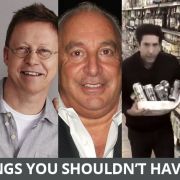
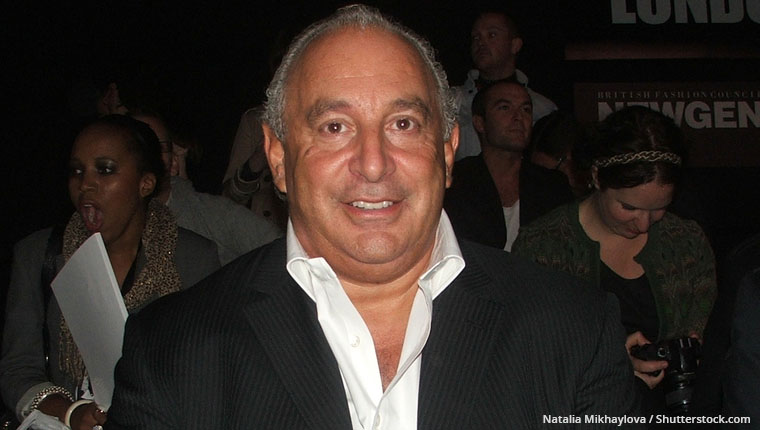
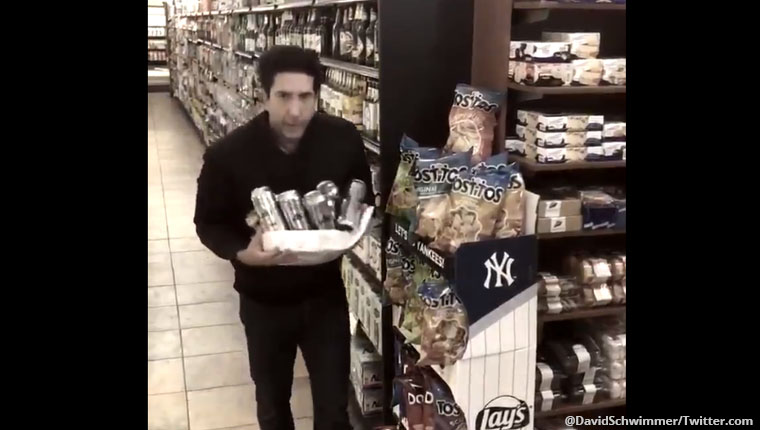

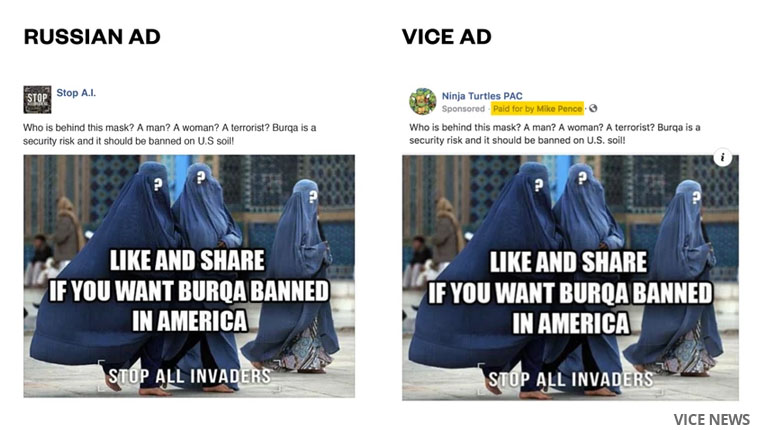



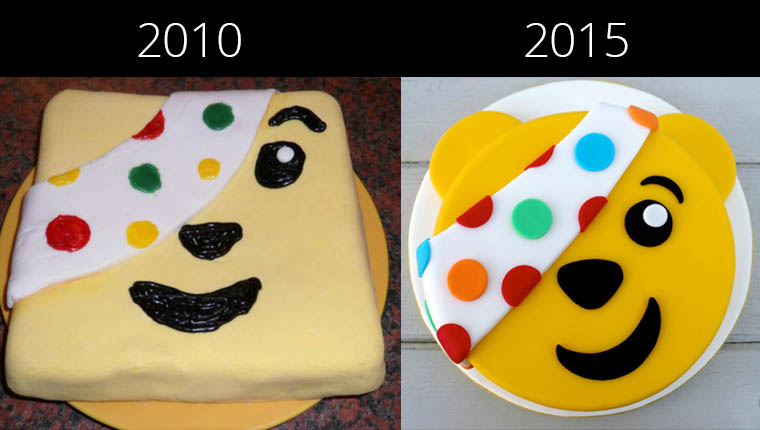




 How did you first get into journalism?
How did you first get into journalism?




 Bella Angelova, Head of Brand & PR, Decathlon
Bella Angelova, Head of Brand & PR, Decathlon














